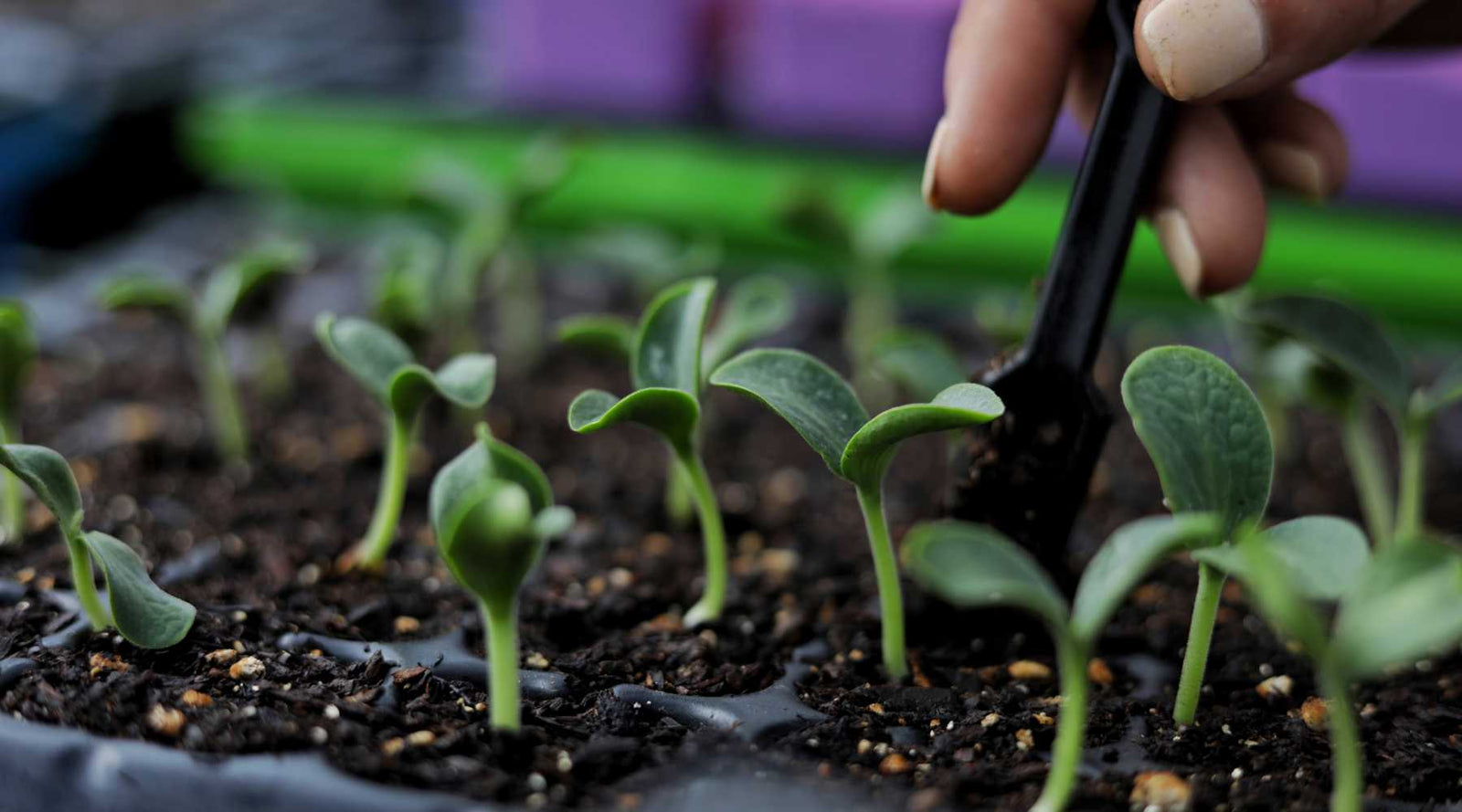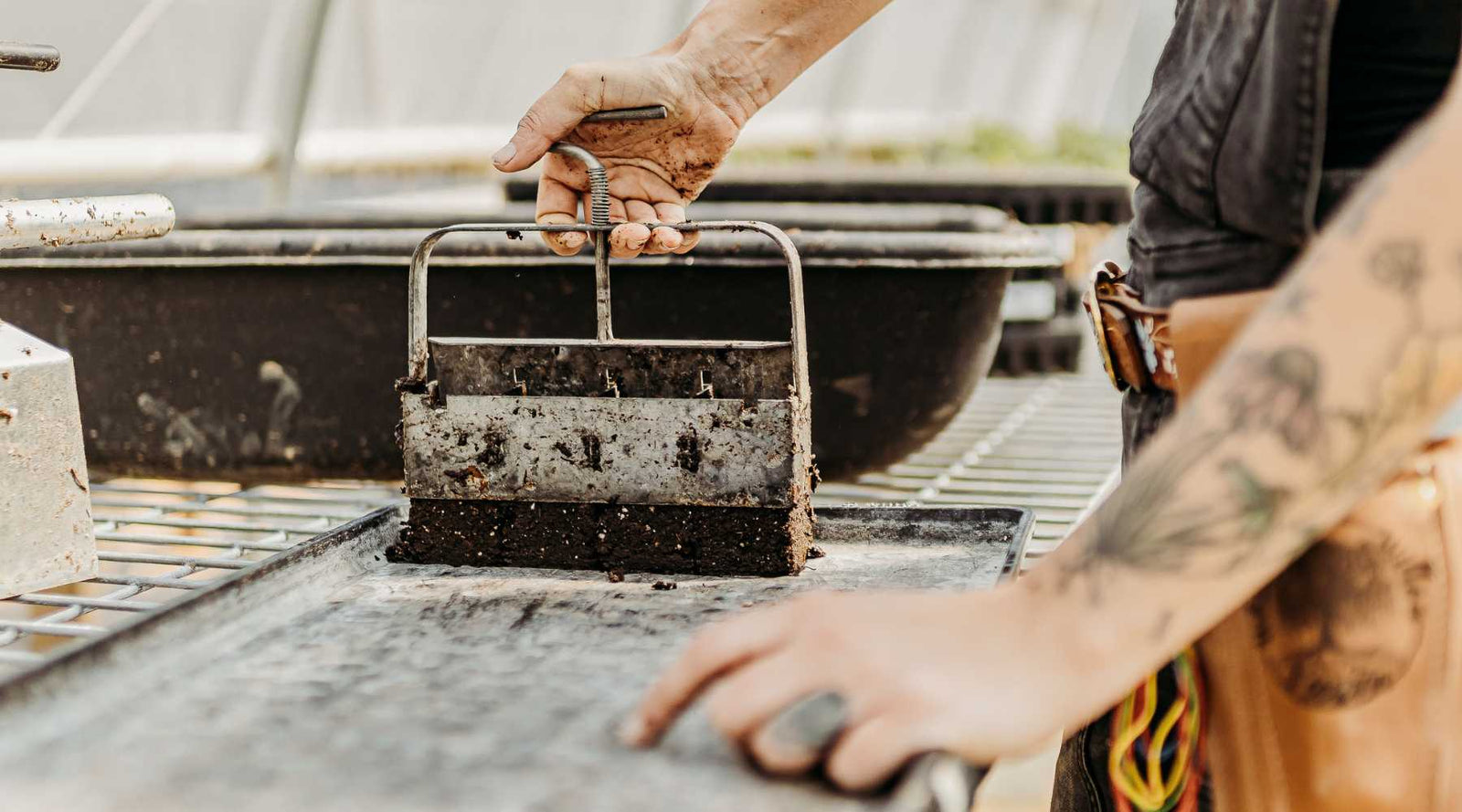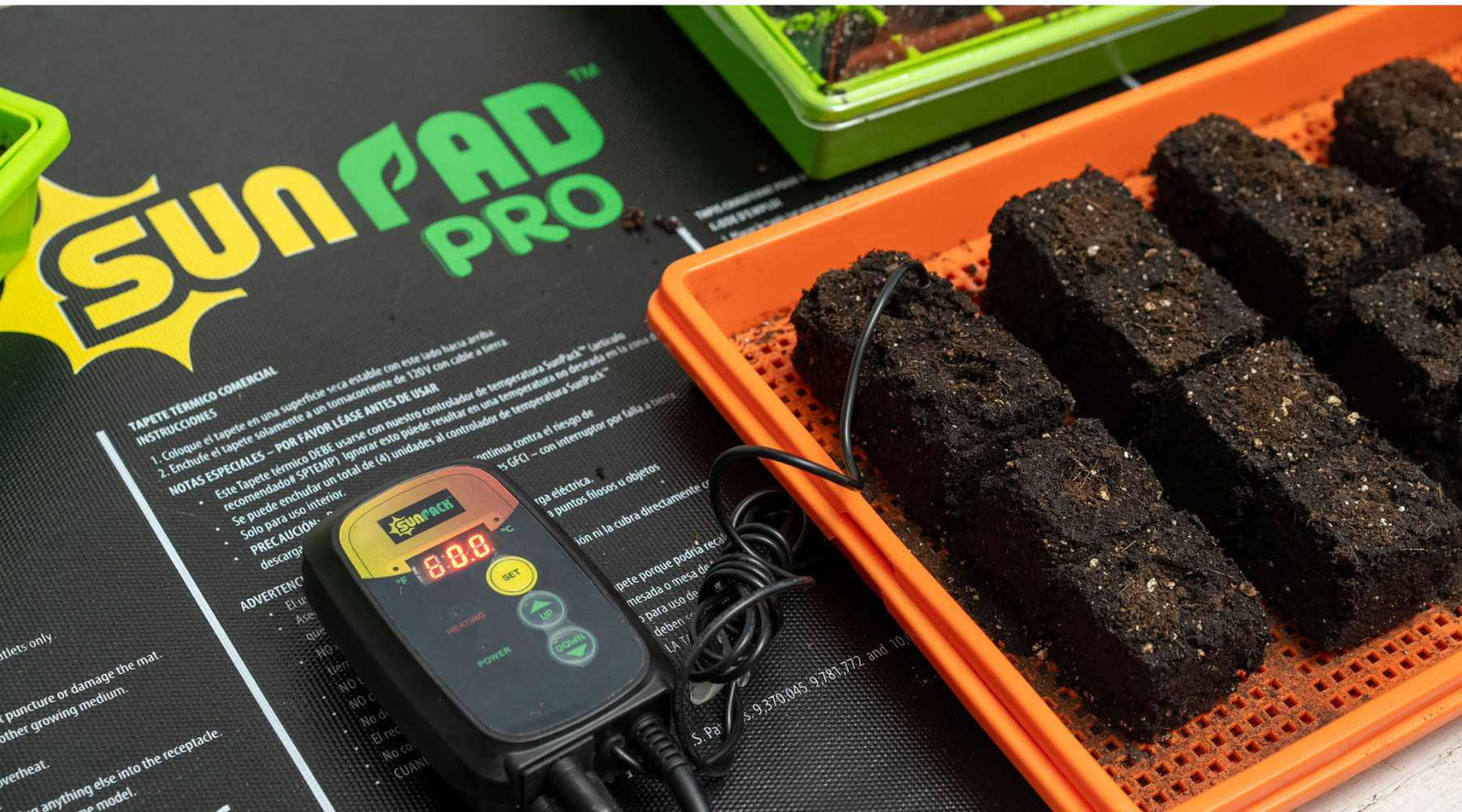20% Off USA-Made All-Metal Greenhouse Kits until May 31
20% Off USA-Made All-Metal Greenhouse Kits until May 31

Your Cart is Empty
February 24, 2023 5 min read 0 Comments

Plant propagation is a delicate but relatively easy procedure that requires a gentle hand, careful preparation and plenty of patience. But the results of these efforts will almost certainly be worth it! There are several types of propagation that have proven to be highly successful if you understand the unique needs of each seed and plant.
Every hardy plant started out as a carefully nurtured seed. The first step to growing successful plants from seed is to closely read their instructions so you know exactly what each plant needs to thrive. That may seem obvious, but the more experienced you are as a grower, the more likely you may be to skip this important step. This can lead you to forget important information about how each seed germinates. For example, the delphinium plant requires a process called stratification to germinate — that is, prolonged exposure to cold, followed by exposure to heat.
Unlike delphinium, most other plants will germinate successfully in a warm, humid, dark environment. With seeds, though, it's more important for the grow medium to be warmer than the outside air. Along with humidity, the soil should be kept damp to the touch. Be careful not to add too much water, as this can cause your seeds to germinate poorly or even die. Light should only be introduced once your seeds begin to sprout, unless you've planted tiny, surface-sown seeds that require light for germination.
It's crucial that you don't crowd your seeds too much; they'll start to compete with one another as they germinate and take a toll on each other's health. To negate this risk, you need the right propagation equipment to help. Use seed starting trays, also called plug trays, to give your seedlings the perfect amount of room to grow and thrive.
Propagating seeds can be done easily again and again if you know the factors that lead to success.
The biggest factors are:
Keeping the air around room temperature (73 - 77°F) is ideal for germination and rooting of cuttings for most plants you’ll encounter.
Let’s start with this - as long as there’s sufficient air, nutrients, and water, plants will grow.
There are many different varieties of growing media. Most soil blends have nutrients within it, while many non-blends are sterile (clay balls, peat, perlite, rockwool, coir).
Some you’d only want to use if you were growing hydroponically (clay balls, rock wool), and some you’d only want to use if you were transplanting into the soil (soil blends).
Ever sit in an airplane or bus where it was packed full of people and there was no air movement? Inexperienced growers do the same thing to their plants, causing stress, and an environment for pests to hang out and lay eggs. You want enough flow to make sure the air around the plant is always new and not ‘stagnating’. Don’t overdo it! Your plants will dry out.
The amount of air you make from a whistle is an approximation of what good airflow feels like.
Careful not to over or underwater! What growing media you choose will depend on how well it retains moisture, impacting how often you’ll need to irrigate. Drying out can starve a tiny seedling, while over watering can down them. Just imagine, if you were a tiny root with even tinier root hairs, what would be the ideal range?
An environment with high humidity helps protect your fragile seedling from drying out in between waterings. Plants take up water through their root system AND leaves!
Aim for a relative humidity of 85% or more.
Tiny budding seeds don’t need powerful high-tech lights. Many microgreen growers find that the relatively cheap T5 (6500k) shop lights work well in growing plants to the first true leaf stage.
In general, as the seedling grows taller, the light requirements increase, which is why you’ll see hemp growers using more powerful pink LEDs in their propagation areas.
Tiny plants have tiny nutritional requirements. Microgreens don’t need any additiional nutrients other than what’s already in the seed. If you are growing beyond the first true leaf stage, you’ll want to make sure your grow media has nutrients in it or you are adding them during irrigation. Don’t overdo it! Just as you can overdo the lights & water, you can ‘burn’ your seedlings by blasting them with too many nutrients.
Seedlings, which have only known your stable environment of your propagation area, have never delt with the more wild swings of an outdoor environment. Ease your babies into it! The ‘hardening’ off process simply means that you’ll want to expose your seedlings to the outdoors for a bit before transplanting them permanently outside.
Cutting plant propagation is one of the most popular and common plant propagation methods, since you can essentially take any healthy part of a young or mature plant and use it for new growth. Unrooted cuttings, also known as stem cuttings, are taken from plants without a soil plug, so they're ready to be replanted in any propagation media you choose (like vermiculite, perlite or rockwool). There are two main forms of stem cuttings:
In order for an unrooted cutting to be successful, the lower leaves should be stripped away from the stem so it doesn't wilt or die. Next, you should plant your cuttings in a grow medium and keep them in a warm, well-lit area with added humidity (if you know those specific plants would benefit from it). Don't put these cuttings into direct sunlight, which could dry them out.
Over the next few days, weeks or months, your cuttings should develop a root system hardy enough to be transplanted to a new container of potting soil. Throughout this period, watch carefully for fungus and other ailments caused by too much moisture while also pruning away dead leaves. Be sure to take more cuttings than you need because some are bound to fail.
Herbaceous and woody plants are the easiest to propagate via leaf cuttings. Simply choose a full grown leaf and plant the entire stem in a rooting medium, thoroughly watering afterward. Sometimes this method can create several sprouts; once they've grown, you should separate them so they can grow in their own containers where they can't leach off of each other.
Leaf cuttings will usually take 4-6 weeks to mature enough to be safely transplanted into new containers. Treat them in much the same way you would an unrooted cutting to ensure success. Use our seed starter kits to trap warm, moist air and give your cuttings the ideal environment to thrive.
When the plant you would like to propagate is dormant, you can carefully take cuttings from its roots. Try to find a younger root that's around ¼ to ½ inch thick and 1-4 inches long. Cut it away from the plant close to the stem and store the cuttings in a moist rooting medium for three weeks — they should be ready to move to a new container of soilless potting mix by that point. Once the roots are well-established, you can move them again to any area you please, including outside. It's a great plant propagation method for growing successful outdoor shrubbery!

April 03, 2024 8 min read 0 Comments
Soil blocking is a method of propagating seedlings that involves filling a metal blocking tool with soil and squeezing to form a compressed cube. Seeds are planted directly into the formed block. Soil blocks come in various sizes and are advantageous for air pruning roots.

October 31, 2024 6 min read 6 Comments

March 07, 2025 11 min read 1 Comment
Sign up to get the latest on sales, new releases and more …